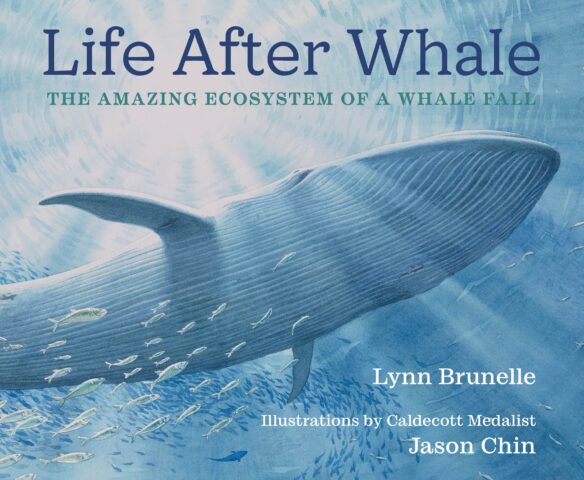Excerpt:
The Stanford geographer and environmental scientist discusses the sand shortage crisis and what it means for the future of the environment.
The ongoing surge in demand for sand has made it a scarce commodity. This natural resource is commonly used in computer microchips, construction, and is an active ingredient in cosmetics. But the current supply of this material has not been able to keep up with the speed of global urbanization. Now, sand is approaching a cost of $10 a ton, while it was just under $4 a ton 31 years ago.
While sand can be found in almost all countries, there is a specific type of sand most desired by society – sand with an irregular shape. This kind of sand enables products to be stronger than smooth and symmetrical grains of sand, but such sand is only found in certain environments, like the bottom of rivers and streams.
How might the quality of buildings be impacted by the sand shortage?
The sand found in deserts is unsuitable as construction material because it has been eroded by wind, making its sand grains smooth and they do not bond well together…Big picture, it’s important to note that it’s unlikely we’ll deplete sand on a global scale. What we do observe are regional sand scarcities – with both physical scarcities ensuing when demand exceeds physical availability, and economic scarcity resulting from loss of access to sand deposits due to competing land uses or local opposition to mining due to its environmental impacts…
If more sustainable materials and designs are used in construction how might this affect the cost? Could it be cheaper than natural sand?
The problem is that sand extraction is largely unregulated. It is, therefore, a rather cheap resource, even though its extraction causes damaging impacts on land, freshwater, and coastal ecosystems…
Some have proposed using recycled glass as a replacement for sand. Do you think this is a viable alternative?
The technology to crush glass into a material equivalent to sand does exist and is already in use, for example as an alternative to sand for pool filters. However, it is more economical and environmentally friendly to wash glass bottles to reuse them as bottles…And even if all recycled glass were transformed into sand, it would produce nowhere near the 40 to 50 billion metric tons…that are used every year in the world.
What are some sand alternatives that you have explored or know about?
Instead of mining unconsolidated sediment deposits, fine-grained sand and coarser products can be produced artificially by crushing rocks or by recycling construction and demolition waste such as concrete or masonry…Engineered timber is another promising alternative construction material, which also contributes to carbon storage, but it is only suitable for low- and mid-rise buildings..









